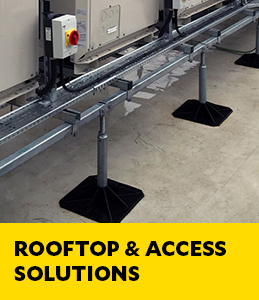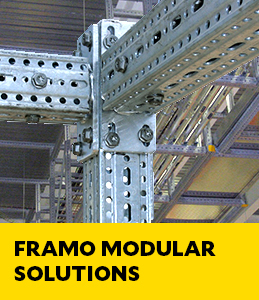Get the Kernow-How on 18th Edition Regulations and Fire Rated Products
Posted on 14-10-2019
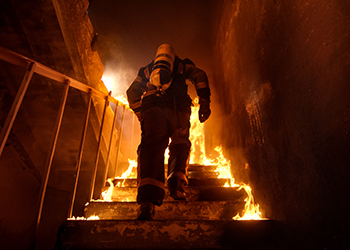 The 18th Edition of the IET Wiring Regulations 2019 (BS7671) came into force on the 1st January 2019 and contains significant changes that relate directly to fire safety and the performance of installations should a fire occur.
The 18th Edition of the IET Wiring Regulations 2019 (BS7671) came into force on the 1st January 2019 and contains significant changes that relate directly to fire safety and the performance of installations should a fire occur.
Many of these changes are directly due to lessons learned from the Grenfell Tower disaster and several other large tower-block fires that led to loss of life; lessons that taught us much about the real-world problems that electrical installations can face in the event of fire.
As contractors it’s important for you to know just what these changes mean for the industry, how to manage them and make sure that installations meet or exceed requirements, and how to keep within budgets whilst making sure that the buildings and systems installed are safe in every situation. If you’re a construction site manager, or responsible for cable fixings or health and safety across a construction site you need to pay particular attention to these changes.
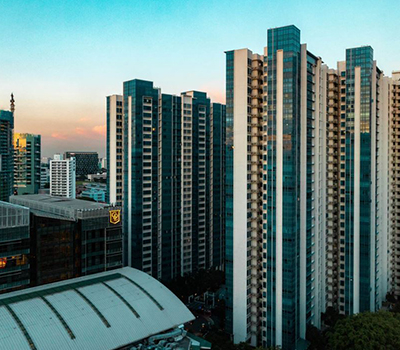 With high-rise developments becoming increasingly popular in our inner cities, the potential for harm caused by fires should they occur is reduced by following these regulations to the letter. Construction site fires should also be considered; another situation where the correct installation and handling of cables can help first responders and prevent loss of life.
With high-rise developments becoming increasingly popular in our inner cities, the potential for harm caused by fires should they occur is reduced by following these regulations to the letter. Construction site fires should also be considered; another situation where the correct installation and handling of cables can help first responders and prevent loss of life.
So, What Lessons Were Learned?
During recent big fires, including the Grenfell Tower disaster, there were various failures in building materials and installations that went beyond the issue we all know about with the flammable cladding. While the cladding problem should never have happened, and the purpose of building regulations is to prevent such severe fires happening, it became clear that should the worst occur we were facing a situation where many electrical cable clips and fittings weren’t holding up as well as they should.
Some of the problems faced include:
- Failure of support systems for wiring in escape routes and elsewhere:
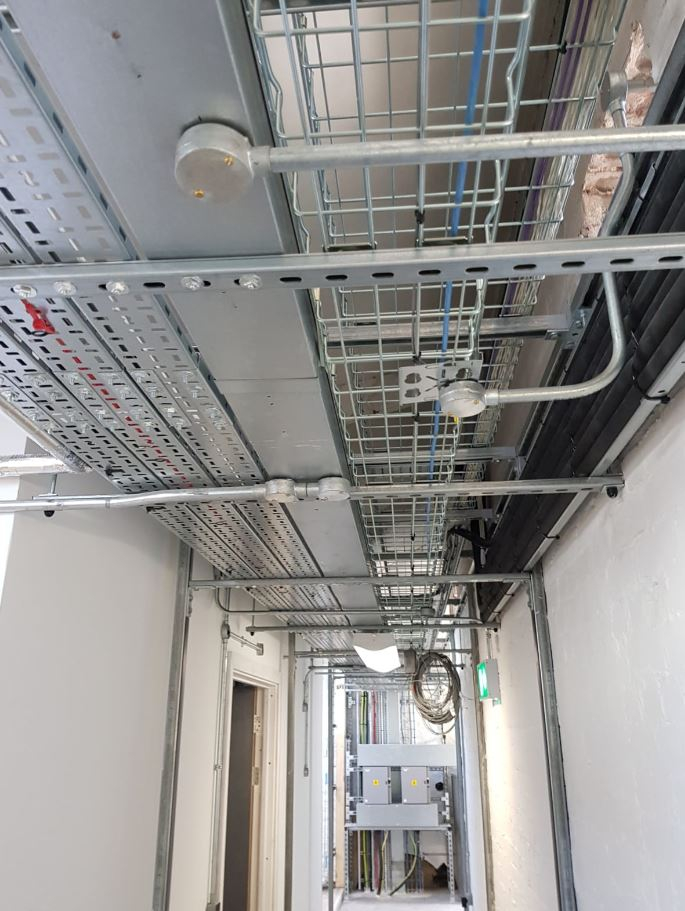
Premature collapse of cabling in escape routes and elsewhere within a building in the event of fire is an extreme hazard that can block stairwells, doorways and escape routes, expose those trying to escape to fumes from burning cables and risk of electrocution, and entanglement in fallen cables. The use of plastic-only support clips has allowed cabling to collapse during many large fires and has cost the lives of several Firefighters. From now on metal support clips are required. There will also be new considerations to do with clip spacing, cable fireproofing, and cable armouring. Non-plastic supports are now required for all wiring throughout any installation
- Fire-resistant cable that supported safety-critical services failed in under 120 minutes when exposed to heat and flames: Because of this, circuits that powered essential services were in some cases unable to maintain integrity long enough to help people get away from and/or fight the fire.
- Larger cables and cable bundles are going to need trays and baskets to prevent their collapsing and causing an obstruction in the event of a fire: Metal baskets and trays, along with metal cable ties are going to be essential wherever cable bundles and larger cables may need extra support, especially in or near entryways and exits. Ultimately, plastic clips and cable supports are now non-compliant with wiring regulations in virtually all situations, as are aluminium clips, ties, and supports due to the low melting point of aluminium.
How to Implement the New 18th Edition Wiring Regulations
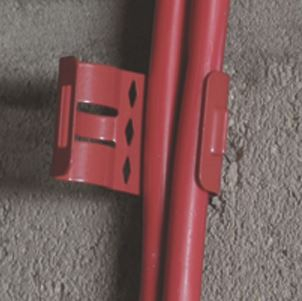
The main point to take away is that all cables throughout the installation (not just in escape routes) need to be secured with fire-resistant cable restraints. These will almost always be made of steel, copper, or cast iron, and may consist of baskets, ties, cable clips, fixings, and trays, depending on the requirements of the project. Clips should be no more than approximately 250mm-400mm apart where cable isn’t protected by more substantial metal trunking or other supports.
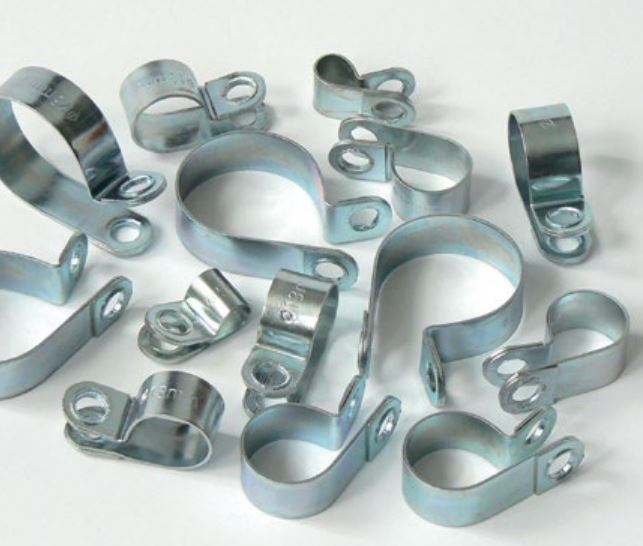 Cable supports of any type will need to be securely attached to the building structure in such a way that they won’t fail in the event of fire. Techniques such as gas nailing should suffice for most surfaces, including concrete. Metal fixings directly into the concrete are usually always suitable, such as concrete screws and anchors. There are even metal plugs available to replace the traditional plastic wall plugs; perfect for those who prefer to continue the same method of installation they are used to but with compliant fixings!
Cable supports of any type will need to be securely attached to the building structure in such a way that they won’t fail in the event of fire. Techniques such as gas nailing should suffice for most surfaces, including concrete. Metal fixings directly into the concrete are usually always suitable, such as concrete screws and anchors. There are even metal plugs available to replace the traditional plastic wall plugs; perfect for those who prefer to continue the same method of installation they are used to but with compliant fixings!
There are no circumstances where only plastic clips and support structures can be used under the new IET Wiring Regulations (18th Edition). Section 521.10.202 states that cables must be ‘adequately supported against their premature collapse in the event of a fire’ throughout the building. Though in theory plastic clips aren't banned, they are not adequate to support cabling in a fire, so should be firmly avoided. You can still use plastic ties as a cost-effective way to manage cables, or to supplement fire-resistant fixings, but they must never be used as the sole means of securing cables in place. 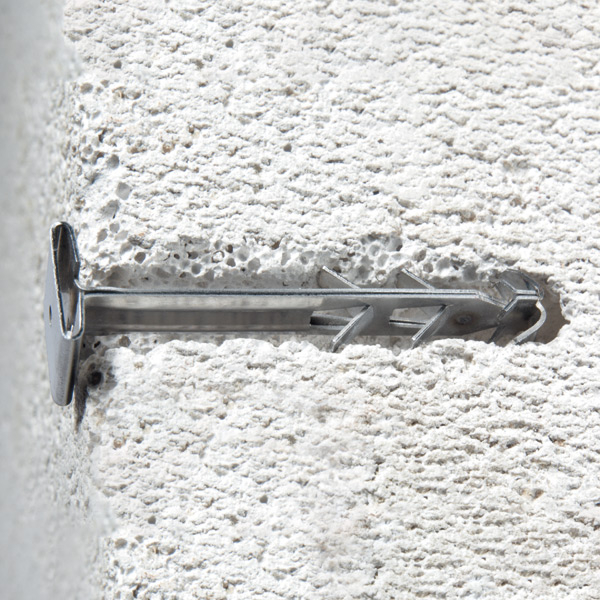
Compliant fixings and materials for the new IET 18th Edition Regulations include metal cable clips and ties made from steel, copper, and iron. For more information about the Kernow Fixings range of 18th Edition Compliant and Fire Rated Cable Fixings, please get in touch.
Difference Between 18th Edition Regs and Fire Rated Products
There are a few things you will need to bear in mind when working out how all the new regulations fit together. Most important is the fact that even though the new IET Wiring Regulations are there to prevent problems that occur during a fire, the fixings and clips that comply with these regulations are fire-resistant, but not necessarily ‘fire-rated’.
When we say products are ‘fire-rated’, it refers to a certain level of fire resistance and functionality in high-temperature conditions, accompanied by a ‘rated time’ for which these materials will remain viable in fire or high-temperature conditions.
A fixing solution that meets the requirements of the new 18th Edition Regulations may not be suitable for supporting cable for fire alarms, voice evacuation systems, and emergency communication installed under BS5839-1; for emergency lighting installed according to BS5266-1; or for cable of life safety and firefighting systems in large buildings installed in accordance with BS8519. These systems supporting emergency and critical services should be installed using ‘fire-rated’ supports. To clarify:
18th Edition Wiring Regulation compliant fixings are made of a metal that isn’t aluminium, and will generally be capable of withstanding 500°C. As long as they are made of a suitable metal, they don’t necessarily need to have been tested at a high temperature – we generally just accept that they will meet this capability.
Fire-Rated fixings suitable for securing cable for fire alarms and other emergency and critical services have been formally tested to a specific temperature for a specific time period, often for 2 or 4 hours at 930°C, and can be accompanied with a certificate or data-sheet to verify this.
Summary
The changes that have recently come into force with the new IET 18th Edition Wiring Regulations and changes to several other standards are designed to protect contractors, the public, and first responders from several specific failure modes that have cost lives in fires over the last few years.
It’s possible to find products that comply without having to give up on your favourite fixing methods! Get in touch with Kernow Fixings today to find out more about our 18th Edition Compliant range, and our ‘Fire-Rated’ range of fixings and clips, to help ensure your installations comply with the latest regulations.
Quick Quote

 The 18th Edition of the IET Wiring Regulations 2019 (BS7671) came into force on the 1st January 2019 and contains significant changes that relate directly to fire safety and the performance of installations should a fire occur.
The 18th Edition of the IET Wiring Regulations 2019 (BS7671) came into force on the 1st January 2019 and contains significant changes that relate directly to fire safety and the performance of installations should a fire occur.  With high-rise developments becoming increasingly popular in our inner cities, the potential for harm caused by fires should they occur is reduced by following these regulations to the letter. Construction site fires should also be considered; another situation where the correct installation and handling of cables can help first responders and prevent loss of life.
With high-rise developments becoming increasingly popular in our inner cities, the potential for harm caused by fires should they occur is reduced by following these regulations to the letter. Construction site fires should also be considered; another situation where the correct installation and handling of cables can help first responders and prevent loss of life.


